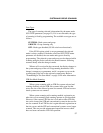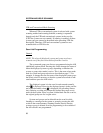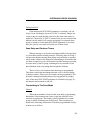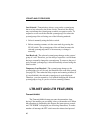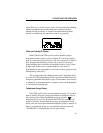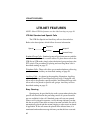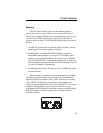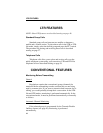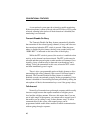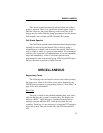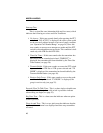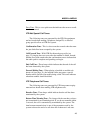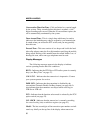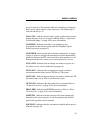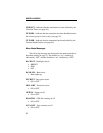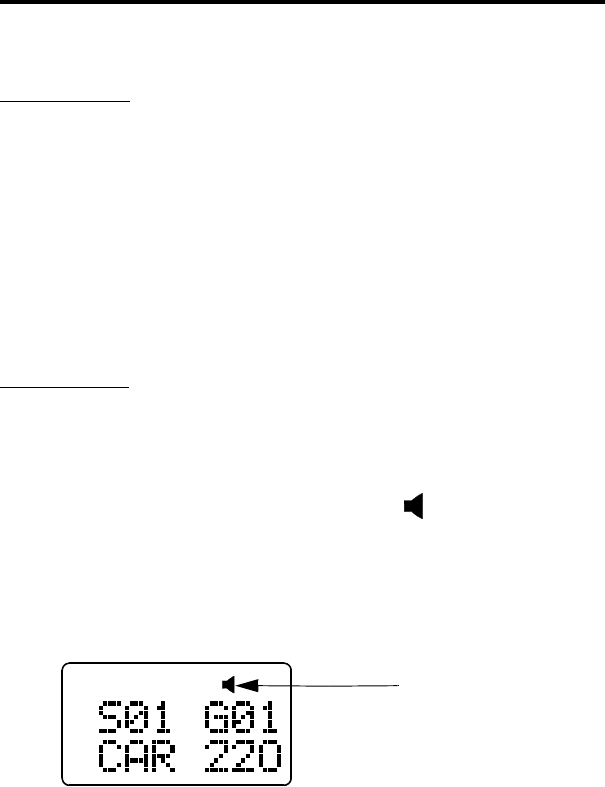
CONVENTIONAL FEATURES
45
Busy Indicator
If the group is not automatically monitored as just described, it
must be monitored manually. The simplest way to do this may be to
note if a busy condition is indicated by the front panel multi-function
indicator (see page 11). With scanning disabled and the squelch
control properly adjusted (see page 18), note if this indicator is
lighted green. If it is, a signal is being detected on the selected group
(channel) and you should not transmit a message until it turns off.
Monitor Mode
There may be times when the Busy indication is displayed even
though no one is using the channel. Monitoring should then be
performed using the monitor mode. This mode is enabled by taking
the microphone off-hook, and is indicated by in the display as
shown in the following illustration. The monitor mode temporarily
disables Call Guard squelch (see page 47) and other squelch control
techniques and also scanning so that all messages on the group are
heard.
The transceiver may be programmed so that the microphone
off-hook condition is not detected. The monitor mode is then not
enabled when the microphone is taken off-hook. The Transmit
Disable feature then may be used on all conventional groups so that
manual monitoring is not required.
Monitoring may also be selectively disabled on each group by
programming. Taking the microphone off-hook then does not enable
monitoring on that group and monitoring is always performed by the
Transmit Disable On Busy feature.
Monitor Mode
Selected



